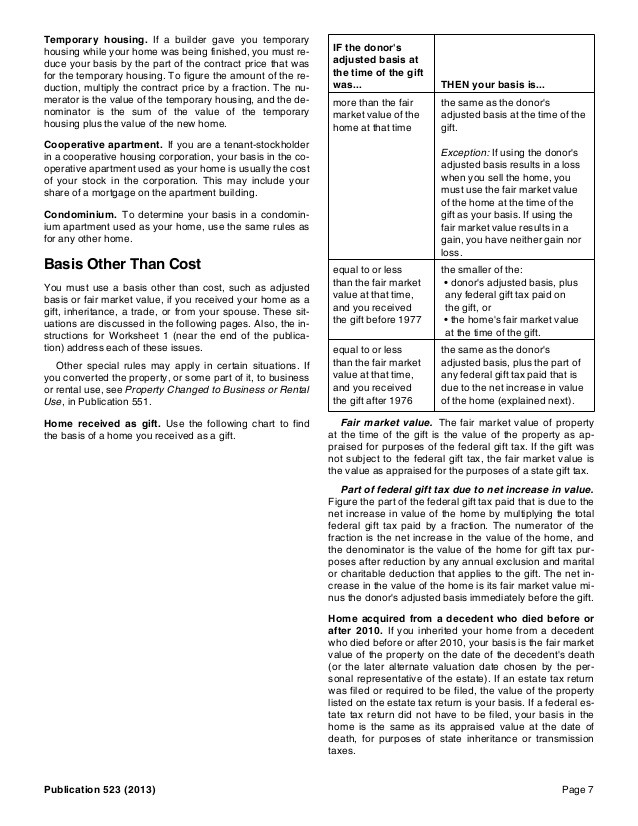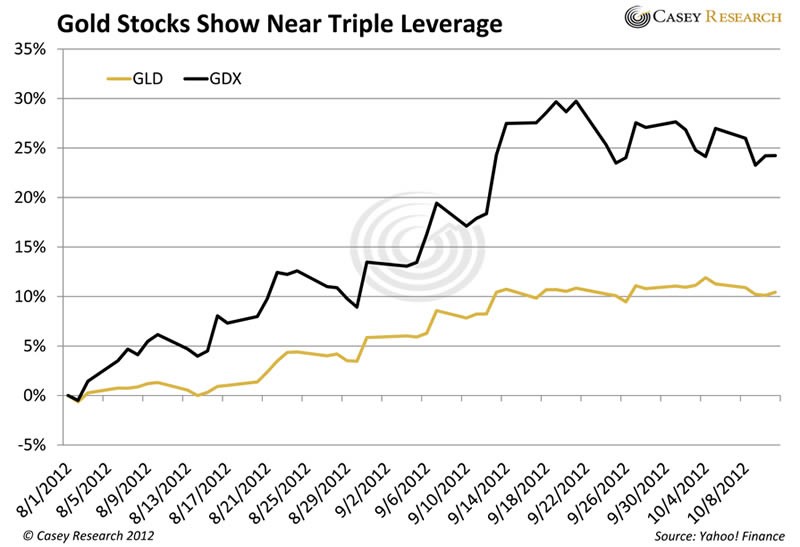How to Figure Your Cost Basis If You Sold Stock in 2012
Post on: 13 Июнь, 2015 No Comment

If you sold stock or mutual fund shares in 2012, the Form 1099-B provided by your mutual fund company or brokerage may have a new look. A new IRS rule requires financial-services firms to track the cost basis of their customers’ shares in stocks, funds and other investments. Your cost basis is the price you paid for your shares, plus any reinvested dividends, capital-gains distributions, sales commissions and transaction fees. When you sell shares, your cost basis determines the amount of your taxable gain or tax-saving loss.
The requirement is being phased in gradually. For stocks, the new rule affects shares purchased on or after January 1, 2011; for mutual funds and most exchange-traded funds, it’s limited to shares purchased on or after January 1, 2012. The requirement will be expanded to include bonds and other investments purchased in 2014. Securities in retirement accounts and other tax-deferred instruments won’t be affected.
QUIZ: Is It Tax Deductible?
Many financial-services firms have voluntarily provided cost-basis information to their customers for years, but they weren’t required to share it with the IRS. Now the feds will get the same report you do. If those cost-basis numbers don’t match what you report on your tax return, you’ll probably hear from them.
Cutting through the confusion. When it comes time to report the sale of shares of a stock or mutual fund, you’ll no longer have to hunt through old documents to figure out how much you paid for the shares. The new disclosure rule could also help you avoid past costly mistakes. For example, fund investors often forgot to include reinvested dividends when they calculated their basis. That resulted in dividends being taxed twice—first when they were paid out and reinvested, and later when they were included in the proceeds of the sale.
In the short term, though, the new rule is likely to cause a lot of confusion. Most long-term investors with taxable accounts will have two types of securities: covered shares, which are subject to the new rules, and uncovered shares, which were purchased before the rules took effect (and for which you may still need to search through your files to establish a basis). If you sold shares in a fund you purchased before 2012 that included dividends and capital gains reinvested in 2012, you could end up with both covered and uncovered shares in the same investment.
Taxpayers, or their preparers, will have to distinguish between covered and uncovered shares on their tax returns by filling out separate Form 8949s for the two types of securities. Then they can use the information from these forms to complete Schedule D.

Choosing a method. You may have already received a notice from your brokerage or mutual fund firm asking you to select a preferred cost-basis method. The notice typically explains the firm’s default accounting method, along with a description of other options offered by the company.
For most investors, the method known as specific share identification offers the most flexibility and potential tax savings. You could sell the shares for which you paid the highest price, thus generating the lowest possible tax bill.
You have two other choices: First-in, first-out, or FIFO, lets you sell shares in the order in which you purchased them. Average cost instructs the company to add up everything you’ve invested in the fund and divide the total by the number of shares you own to come up with your cost basis. Both methods are straightforward and require less record keeping than specific share identification, but they’re not necessarily the most tax-efficient. For example, if the price of your shares has increased significantly since you bought them, using the FIFO method would unload the lowest-priced shares, thereby increasing your taxable capital gain.
For most mutual fund companies, the default method for investors who don’t make a selection is average cost; for stocks, it’s usually FIFO. If you prefer another method, you need to be proactive—especially because once you have used the average-cost method to sell covered shares in a particular fund, you lock in that basis for any remaining shares in the fund.














